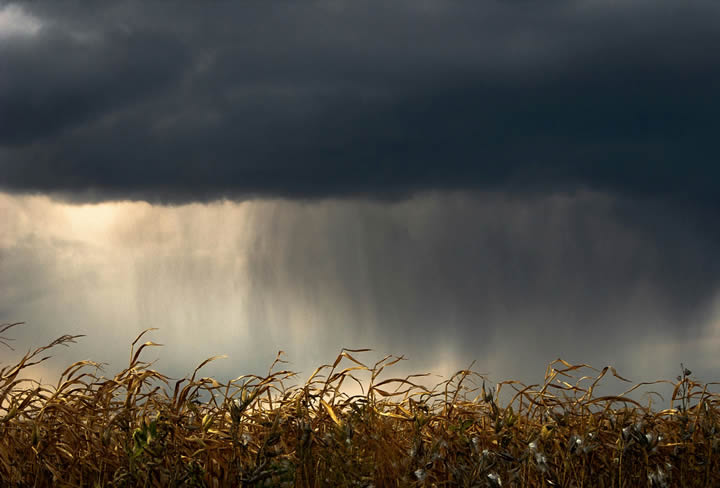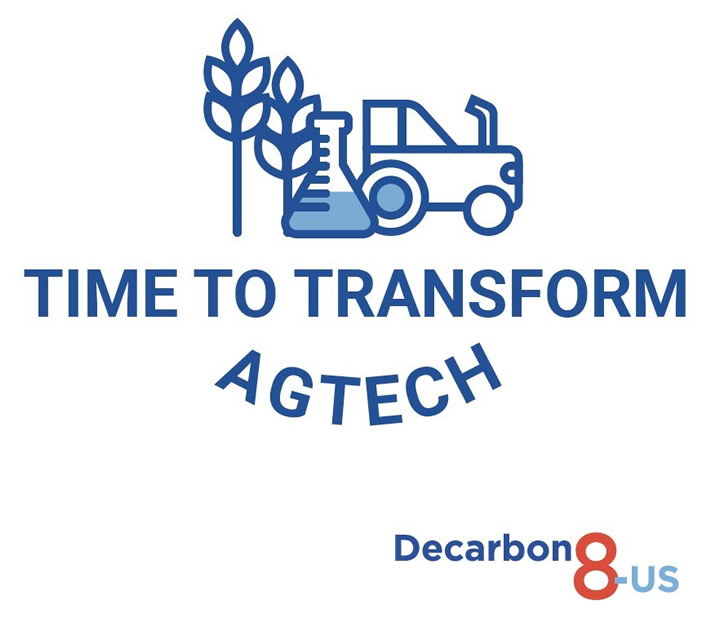Acid rain: A lingering threat to ecosystems - The ongoing impact of NOX and SOX on our environment.
The more obvious consequences of acid rain, such as direct harm to land-based and aquatic animal populations and damage to crops, have drastically reduced in regions where serious efforts have been made to address pollution.
New Research Shows U.S. Agriculture Has Potential to be Greenhouse Gas Negative
The report outlines how combining reduced greenhouse gas (GHG) emissions from some agricultural activities with increased carbon sequestration in others could achieve GHG-negative agriculture. It also describes the additional research needed to help accomplish this.
NET ZERO AND CROP NUTRITION: WHEN IS ENOUGH, ENOUGH?
Climate change, driving extreme weather events and industry commitments to deliver net zero are focusing the attention of the potato supply chain on how to reduce the carbon footprint of the crop.
Rising Waters, Growing Concerns: Safeguarding Farms from Flood Damage
With floods now a part of life for most of the USA, it's undoubtedly time that farms start to consider the measures they have in place to foster resilience and create barriers to those floods causing long-term damage.
Decarbon8 Investment Opportunity Open for AgTech Innovation and Decarbonization Startups
The Decarbon8 Fund announced a new Request for Proposal (RFP) for companies advancing regenerative agriculture solutions that reduce greenhouse gas emissions and other environmental impacts.
Could the Energy Crisis Power a Renewable Future for the Indoor Farming Industry?
Price instability has sent shock-waves through the CEA community, with a few even questioning its viability. But we don't think this is the end, far from it. This could be the driving force for changes akin those seen after the 1970's twin oil shocks.
How Technology Can Bolster Farm Resilience to Shifting Temperatures
Maintaining abundant crop yields can effectively shrink society's starvation rate. Targeting greenhouse gas emissions and adverse field effects can increase global food security.
Records 1 to 7 of 7
Featured Product

Elmo Motion Control - The Platinum Line, a new era in servo control
Significantly enhanced servo performance, higher EtherCAT networking precision, richer servo operation capabilities, more feedback options, and certified smart Functional Safety. Elmo's industry-leading Platinum line of servo drives provides faster and more enhanced servo performance with wider bandwidth, higher resolutions, and advanced control for better results. Platinum drives offer precise EtherCAT networking, faster cycling, high synchronization, negligible jitters, and near-zero latency. They are fully synchronized to the servo loops and feature-rich feedback support, up to three feedbacks simultaneously (with two absolute encoders working simultaneously). The Platinum Line includes one of the world's smallest Functional Safety, and FSoE-certified servo drives with unique SIL capabilities.


.jpg)
.jpg)
.jpg)


(2).jpg)